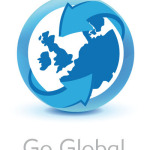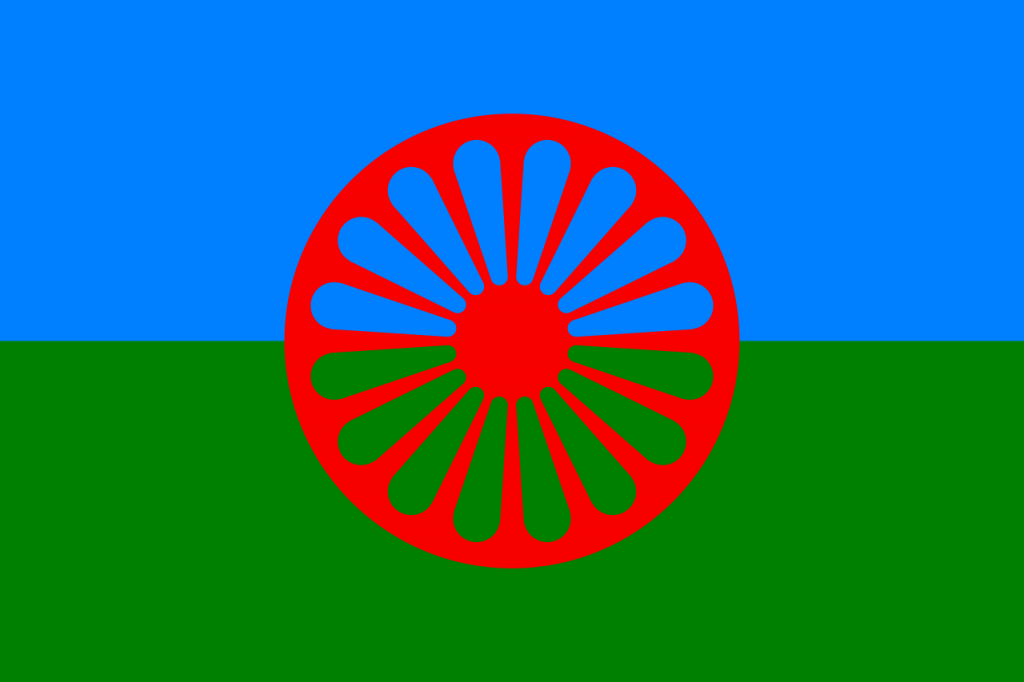How to translate your marketing materials for export success
 Are you looking to export your products and services, but worried about how to communicate with customers, distributors and agents?
Are you looking to export your products and services, but worried about how to communicate with customers, distributors and agents?
Everyone in business understands that people like to buy from companies they know and trust. When you’re selling into markets overseas, it really is a no-brainer that, to get the leads and sales you need, you’ve got to talk to people in their own language. So, with that in mind, you look at the marketing materials you’ve already got – all those leaflets and flyers, brochures and product factsheets. You’ve seen the return on your investment in all that promotional material, but it’s all in English, of course. You go online, count the pages on your English-language website, and wail, “Where do we start?” “How much is translating all this going to cost?”
Don’t shelve your plans and pull up the duvet just yet. Have a look at our marketing materials for export success how to. It’s a checklist we’ve developed to help you achieve the goals of every successful export sales campaign:
- Create the best possible impression for your company and brand in your new marketplace
- Communicate with relevant and effective marketing materials in your customers’ languages
- Secure real value for money and return on investment in translation services
The Cintra marketing materials for export success how to checklist:
1. Plan
What are you going to translate? Why? Who are your readers?
You don’t have to translate everything. Our Go Global basics list is a good place to start:
- Website: home page, about us and product page/s
- One company brochure
- Promotional poster/s for events and exhibitions
- Product or services fact sheet or leaflet
- An email introducing your company to agents or distributors
- A standard response email
Other materials to consider for translation are:
- Critical legal documents and contracts
- Your business terms and conditions
- Technical manuals and product brochures
- Contracts of employment
2. Get the timescales right
Professional translators and interpreters are used to working to very tight deadlines, but it pays dividends to give them time to polish the nuanced translations your marketing messages deserve. Think back to how long it took you to agree the final wording in English!
3. Quality originals
Language and layout in the original source documents you want translated should flow naturally, be clear and engaging.
4. No gobbledegook
Describe your products and services as simply as possible, and avoid clichés, jargon and acronyms that will need to be explained to customers who aren’t familiar with life in the UK.
5. Share your big picture business goals and the thinking behind your export campaigns
In return you’ll benefit from the expertise of native speakers and their professional insight into the day-to-day lives and expectations of customers in your target markets. Add the translator’s personal experience to your own in-depth research and you’ve got a real head start on understanding local market conditions and the dos and don’ts of business etiquette.
6. Fit your message to your audience
Your company’s distinctive tone of voice is an important element of each customer’s experience. And you can expect expert translators to add enormous value to your marketing campaigns. They’ll do more than translate word for word: they’ll find exactly the right words to get the features and benefits of your offer across in ways that will strike just the right note with new customers your target overseas markets.
Translators will also find the right tone for your marketing communications. In just the same way that you wouldn’t want to turn up for a business meeting wearing the wrong clothes, misjudging the balance between formal and more colloquial language can be a deal-breaker.
7. Work smart on layouts and formatting
Supply documents in easily editable formats that don’t need to be reformatted before the translator can start work.
Some languages are wordier than others, which means word counts vary between languages, so ask ahead about changes you might need to make to the formatting and layouts of documents and web pages. 100 words expands to around 130 when translated into French, for example. On the other hand, English to Lithuanian works out more shorter, as there are no a’s, an’s and the’s to take up space.
8. Mistakes and typos mean careless in any language
Make sure a native speaker checks spelling, grammar, punctuation and contractions just as carefully as you’d expect for your English-language documents.
9. Take advantage of advice and grants for export on offer
Our Planning to export? blog series points you to the wealth of information available for exporters from the Government and through your local Chamber of Commerce.
Start by visiting their online advice sites
Read case studies and download resources; find out about local events, briefing sessions and training courses.
Businesses can get details of Government grants and support, including an expert communications review to help with translating your marketing materials.
There’s more on planning a successful export strategy in our blog posts
Two planning tools to help make your business an export success story
Planning to export? Here’s how to go global
Planning to export? Go Global with support from your local Chamber of Commerce
Planning to export? Using – and affording – commercially available market research
Planning to export? Financial help for new exporters






Leave a Reply
You must be logged in to post a comment.